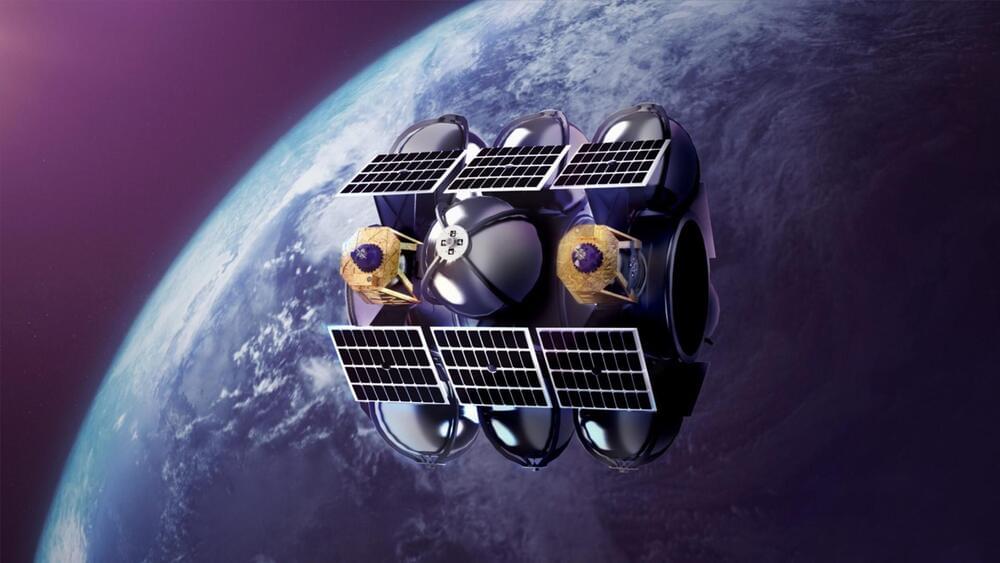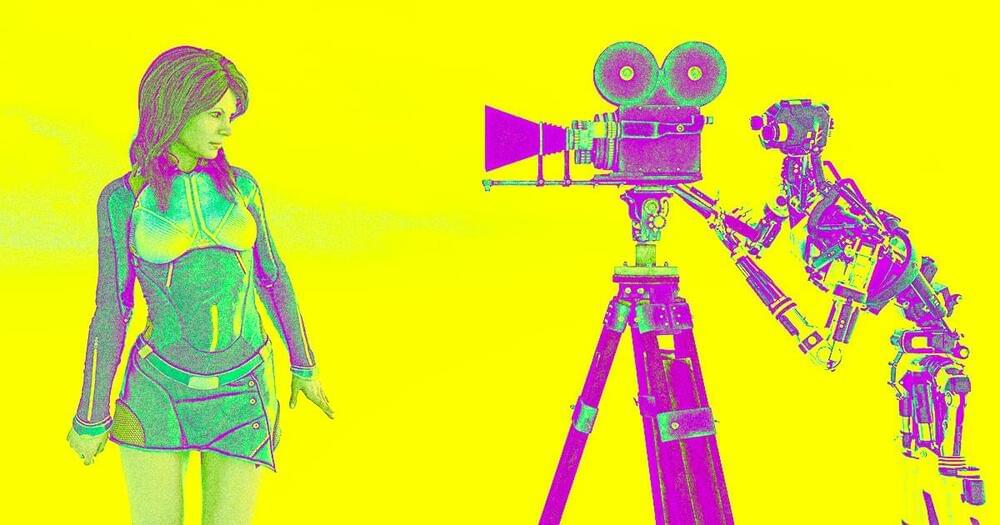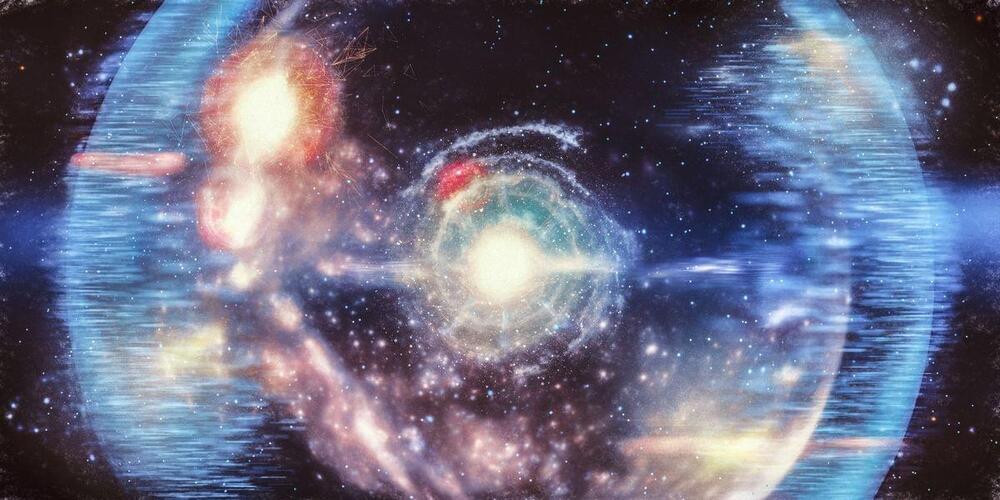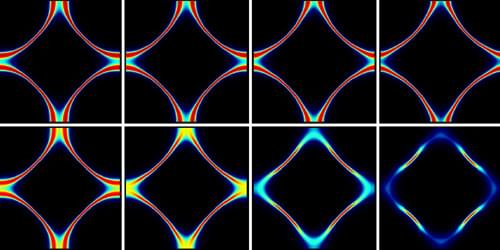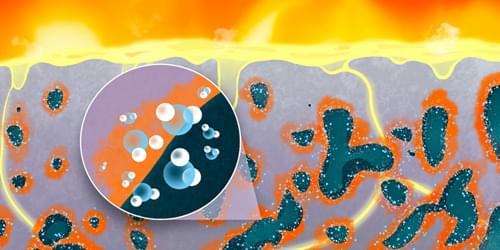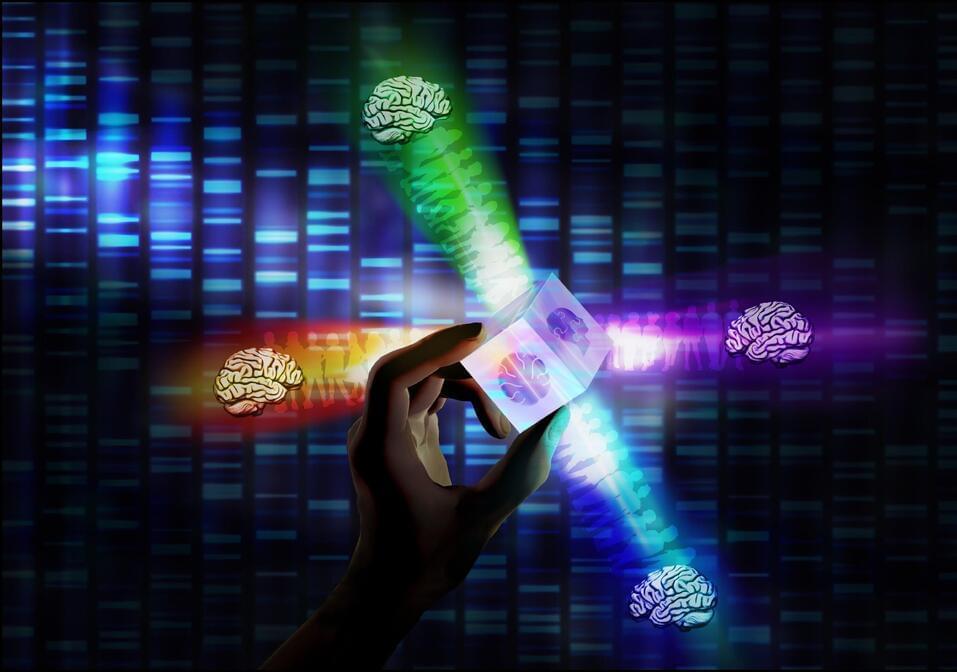As Google looks to maintain pace in AI with the rest of the tech giants, it’s consolidating its AI research divisions.
Today Google announced Google DeepMind, a new unit made up of the DeepMind team and the Google Brain team from Google Research. In a blog post, DeepMind co-founder and CEO Demis Hassabis said that Google DeepMind will work “in close collaboration… cross the Google product areas” to “deliver AI research and products.”
As a part of Google DeepMind’s formation, Google says that it’ll create a new scientific board to oversee research progress and the direction of the unit, which will be led by Koray Kavukcuoglu, VP of research at DeepMind. Eli Collins, VP of product at Google Research, will join Google DeepMind as VP of product, while Google Brain lead Zoubin Ghahramani will become a member of the Google DeepMind research leadership team, reporting to Kavukcuoglu.

